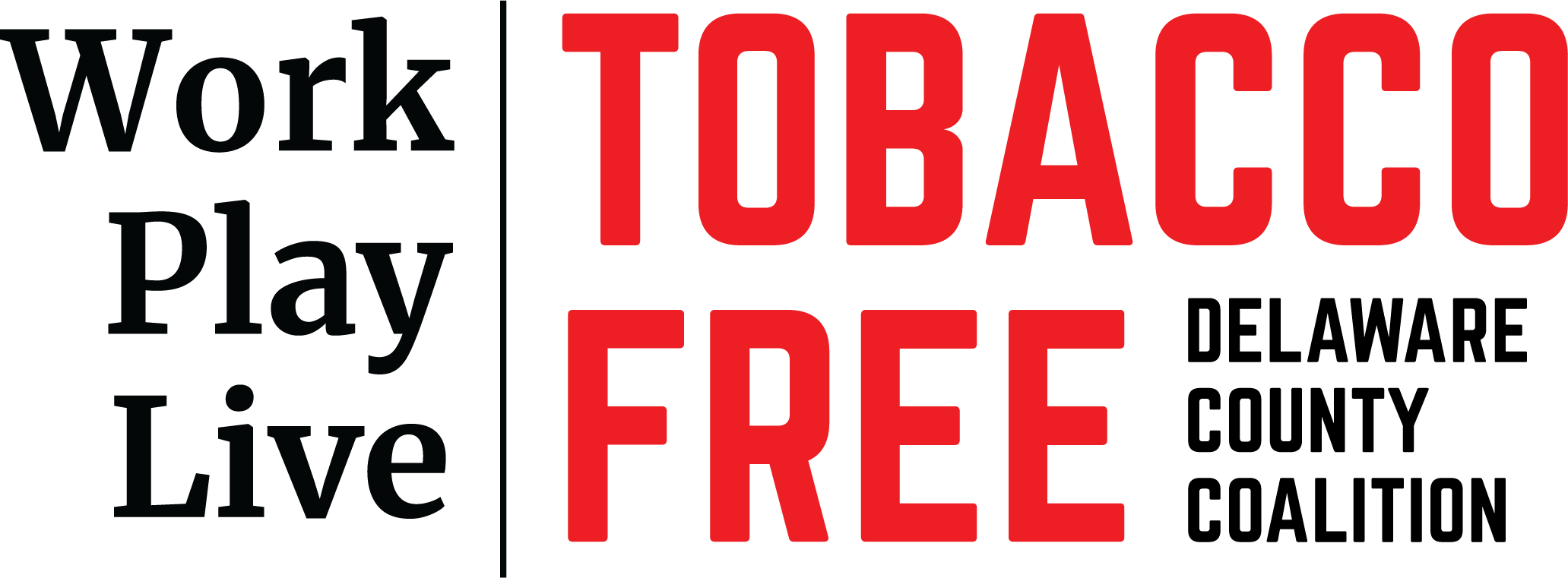Adult Smoking at a Record Low
FOR IMMEDIATE RELEASE: June 19, 2018
CONTACT: Becky Wexler, 202-296-5469
CDC Reports Adult Smoking Fell to Record Low 13.9 Percent in 2017
Statement of Matthew L. Myers, President, Campaign for Tobacco-Free Kids
WASHINGTON, D.C. – In terrific news for the nation’s health, the Centers for Disease Control and Prevention reported today that the adult smoking rate in the United States fell to a record low 13.9 percent in 2017, down from 15.5 percent in 2016 (the 2017 rate is an initial estimate and could change slightly due to statistical adjustments). The adult smoking rate has fallen by nearly 33 percent since 2009 (when 20.6 percent smoked) and by 67 percent since this survey was first conducted in 1965 (when 42.4 percent smoked).
The long-term, continuing decline in cigarette smoking is a public health success story of extraordinary importance. These declines have saved millions of lives, played a huge role in reducing leading killers such as cancer and heart disease, and saved billions in tobacco-related health care costs. Today’s results show once again that the fight against tobacco is entirely winnable if policy makers at all levels fully implement proven strategies. We cannot let up in this fight because tobacco use is still the nation’s No. 1 cause of preventable death, killing more than 480,000 people and costing about $170 billion in health care bills each year.
Today’s CDC report did not include data on use of electronic cigarettes or examine the impact of e-cigarettes on smoking rates.
Our nation’s dramatic progress in reducing smoking among both youth and adults is a testament to the effectiveness of evidence-based strategies that have been implemented at the federal, state and local levels. These include tobacco tax increases, comprehensive smoke-free laws, well-funded tobacco prevention and cessation programs, hard-hitting mass media campaigns, health insurance coverage for tobacco cessation treatments, and laws raising the tobacco sale age to 21.
In recent years, efforts to reduce tobacco use have been boosted by the strongest and most sustained media campaigns in the nation’s history, including the CDC’s Tips From Former Smokers campaign, Truth Initiative’s campaigns aimed at youth and young adults, and the FDA’s youth prevention campaigns. Since its launch in 2012, the CDC estimates the Tips campaign has helped more than 500,000 smokers quit for good and saved at least 50,000 lives at a cost of less than $400 per year of life saved, making the campaign a public health best buy.
Other strong measures implemented in the past decade include federal and state cigarette tax increases (including a $2 per pack increase in California implemented in April 2017); the 2009 law granting the FDA authority over tobacco products, which placed restrictions on the marketing and sale of cigarettes and other tobacco products; and requirements that health insurance plans provide barrier-free coverage for tobacco cessation treatments. These and other initiatives must be continued.
The FDA should take several critical steps to accelerate progress: implement its plan to limit nicotine in cigarettes to minimally addictive or non-addictive levels, and apply this limit to other combustible tobacco products; require graphic health warnings covering at least half of cigarette packs (as mandated by the 2009 Tobacco Control Act); and prohibit menthol cigarettes and other flavored tobacco products, which have been shown to promote youth use and, in the case of menthol, discourage cessation. Until the FDA acts on flavors, states and localities should continue their growing efforts to stop the sale of flavored tobacco products.
While the big decline in smoking is clearly good news, this battle is far from over. Tobacco use still sickens and kills far too many Americans. In addition, the CDC has previously reported large disparities in smoking, with higher rates among people who live below the poverty level, those with less education, American Indians/Alaska Natives, residents of the South and Midwest, LGBT Americans, and adults with serious psychological distress. Adults who are uninsured or on Medicaid smoke at more than double the rates of those with private health insurance or Medicare.
We must continue the fight against tobacco use until we have protected all Americans and eliminated the death and disease caused by this terrible epidemic.
